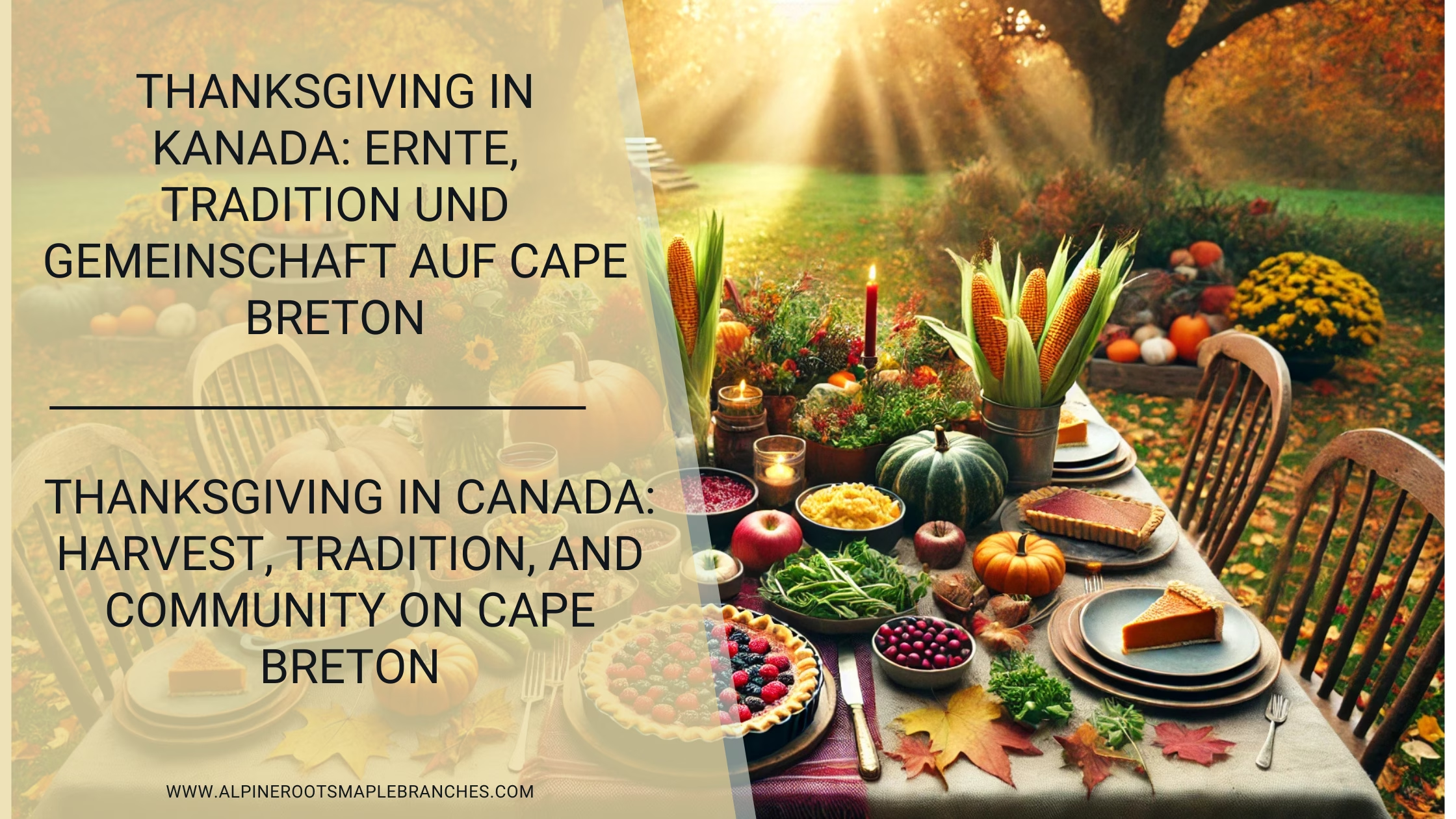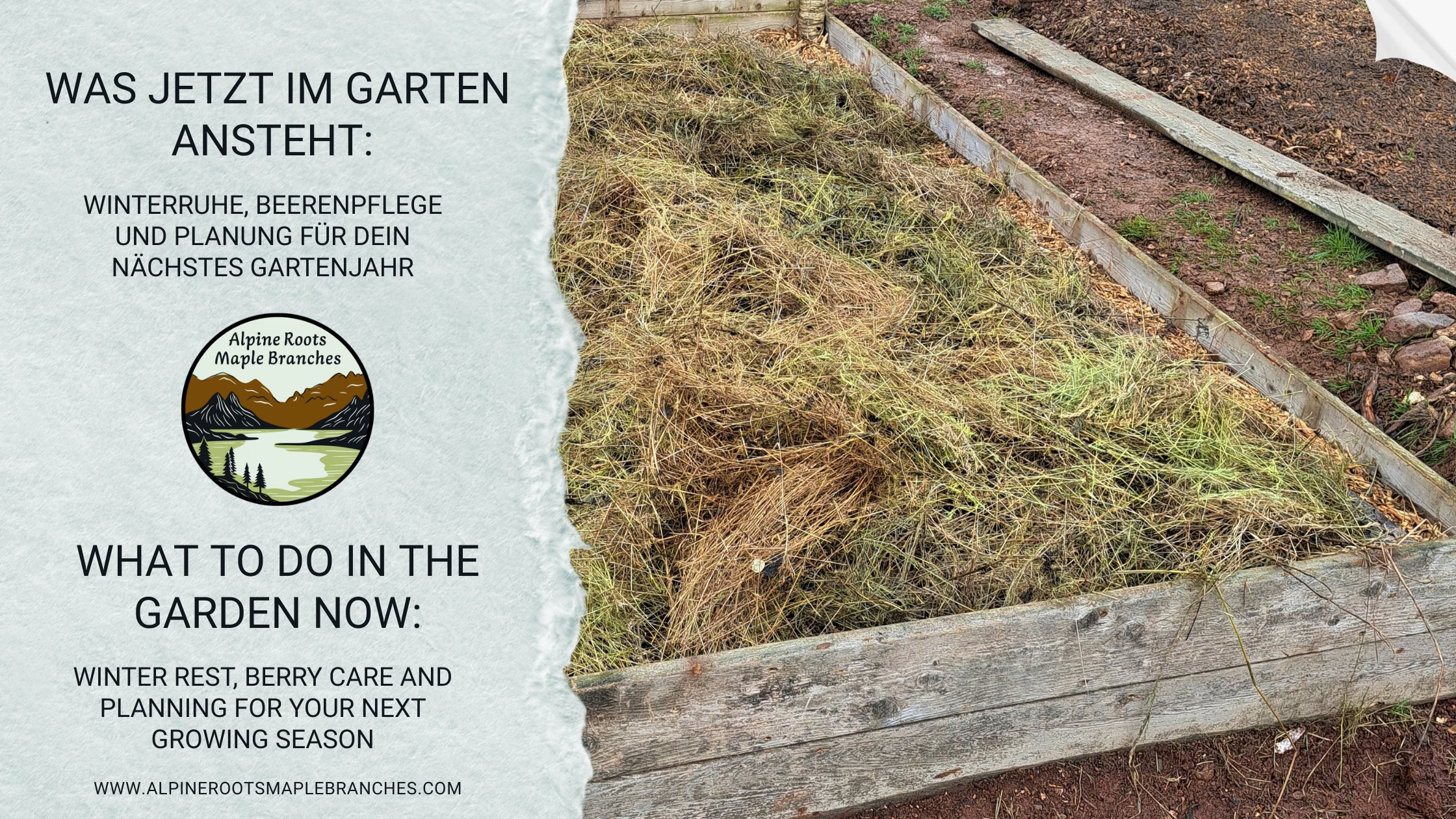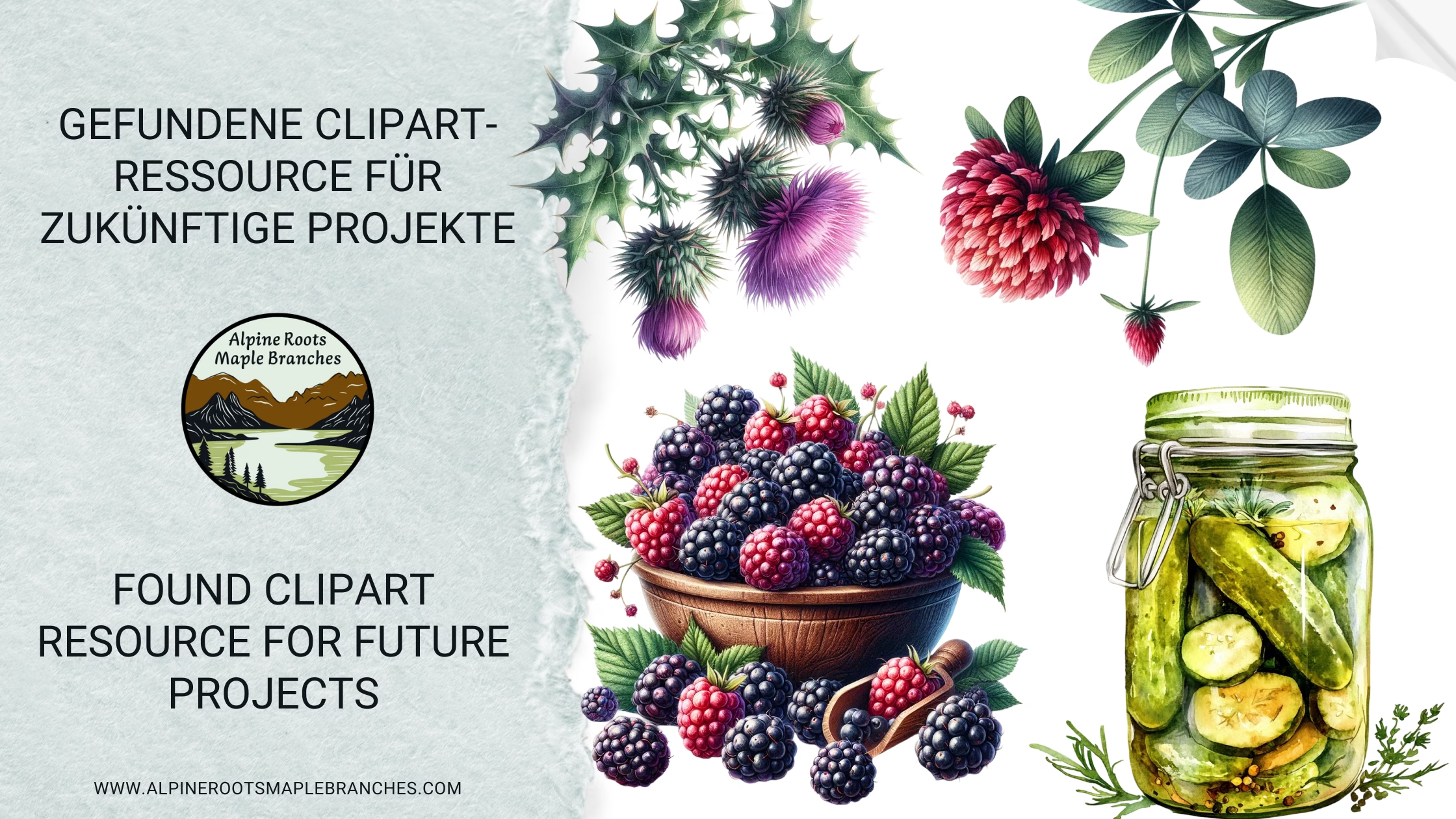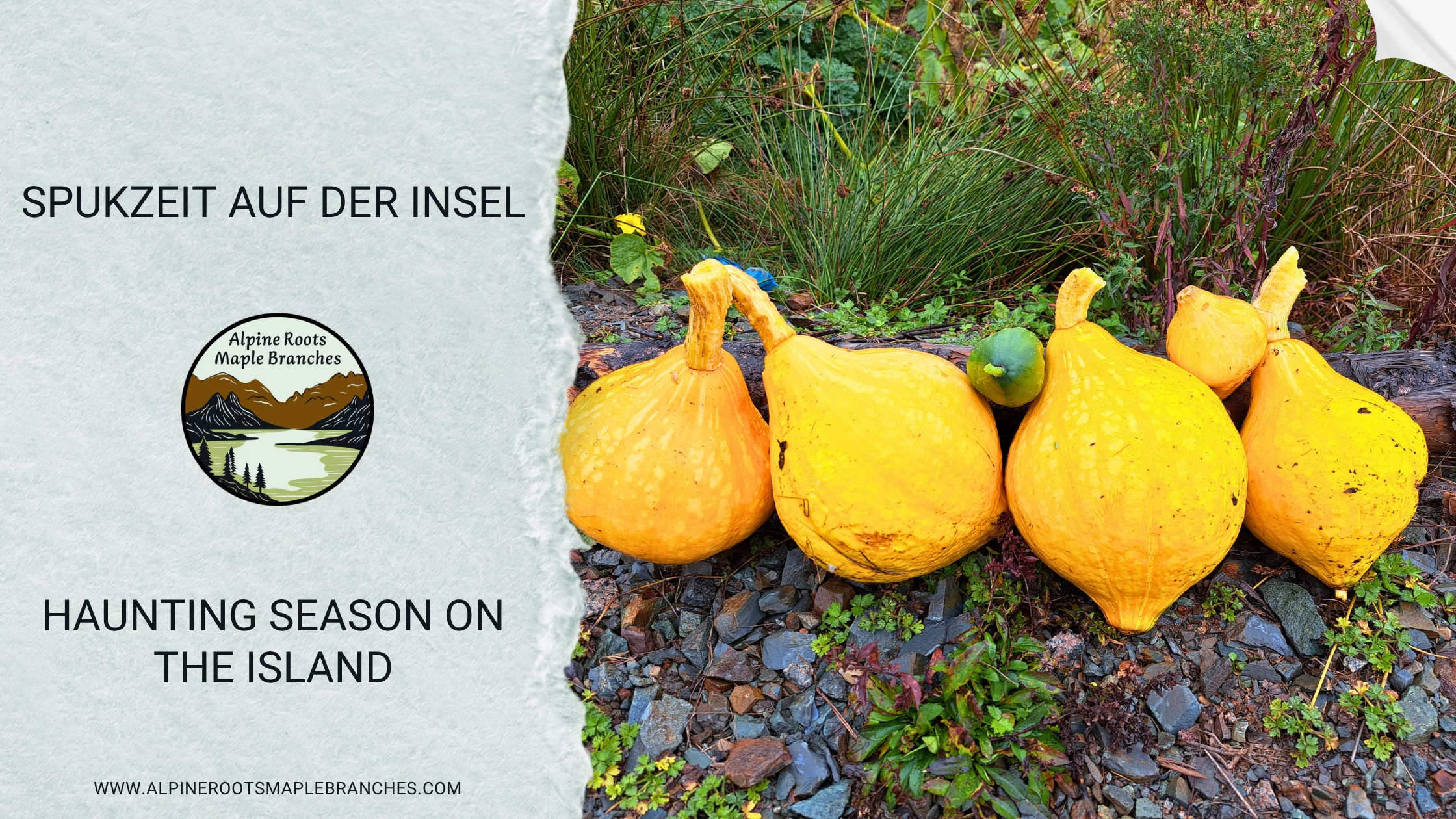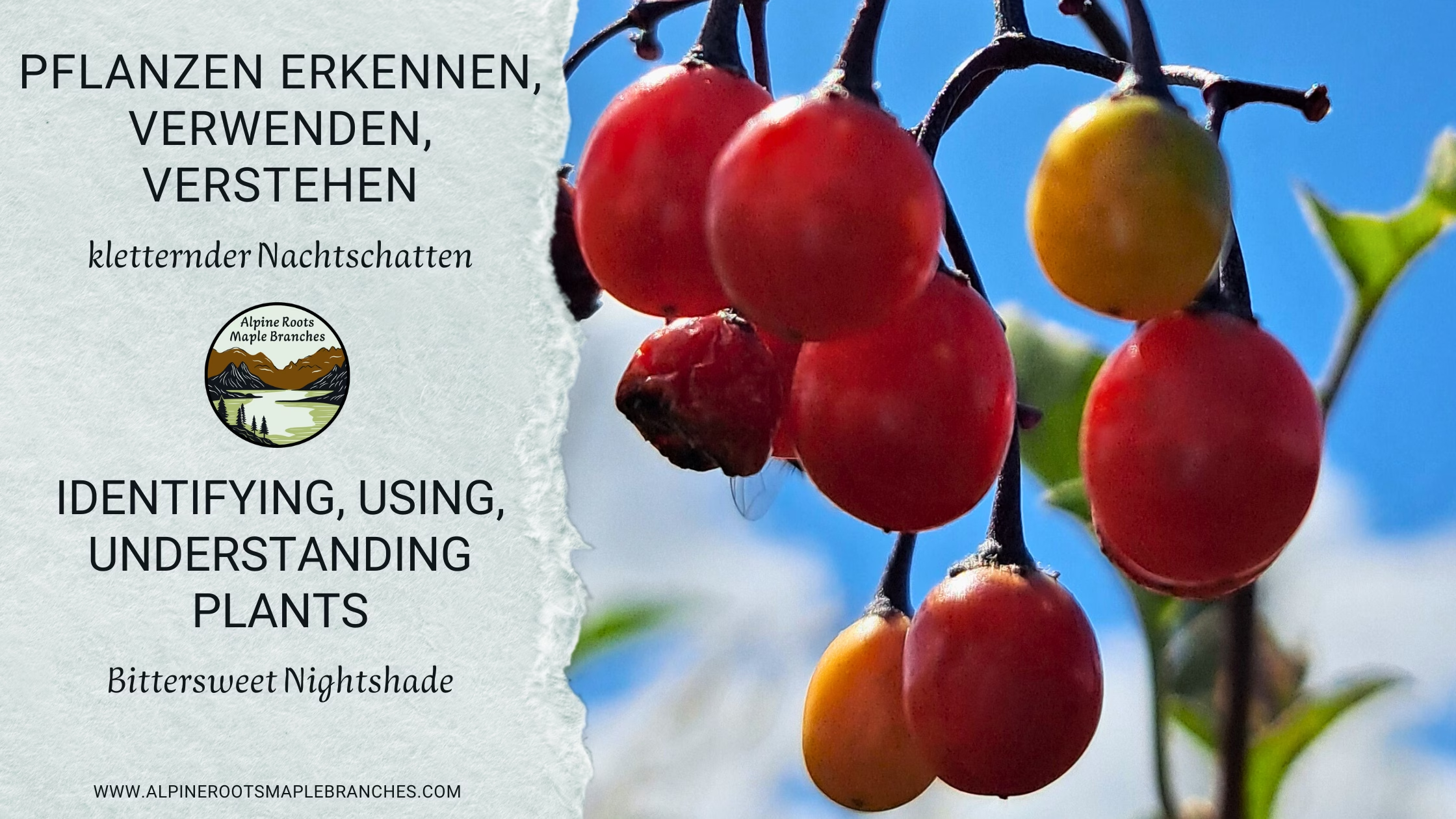In Canada, Thanksgiving is celebrated on the second Monday of October, significantly earlier than in the United States. This timing aligns with Canada’s harvest season, which generally concludes by October. Thanksgiving in Canada has roots in both European and Indigenous traditions, focusing on gratitude for the harvest and the blessings of the year.
Origins of Canadian Thanksgiving
The origins of Thanksgiving in Canada date back to 1578, when the English explorer Martin Frobisher held a feast in Newfoundland to celebrate his safe arrival in the New World. This event, often considered the first European Thanksgiving in North America, occurred several decades before the American Thanksgiving.
Another historical event took place in 1606 in Port Royal, Nova Scotia, when Samuel de Champlain and his French settlers established the Ordre de Bon Temps (Order of Good Cheer). These feasts helped prevent scurvy and fostered a sense of community between the French settlers and the Mi’kmaq.
Since 1957, Thanksgiving in Canada has been officially recognized by the Canadian Parliament, celebrated on the second Monday of October.
Canadian Thanksgiving Traditions
Today, Thanksgiving is a statutory holiday in most Canadian provinces. In Nova Scotia, although it is not a paid holiday, it is still widely celebrated. A traditional Thanksgiving meal often includes turkey, stuffing, cranberry sauce, and pumpkin pie, with seasonal ingredients like apples and pumpkins playing a central role.
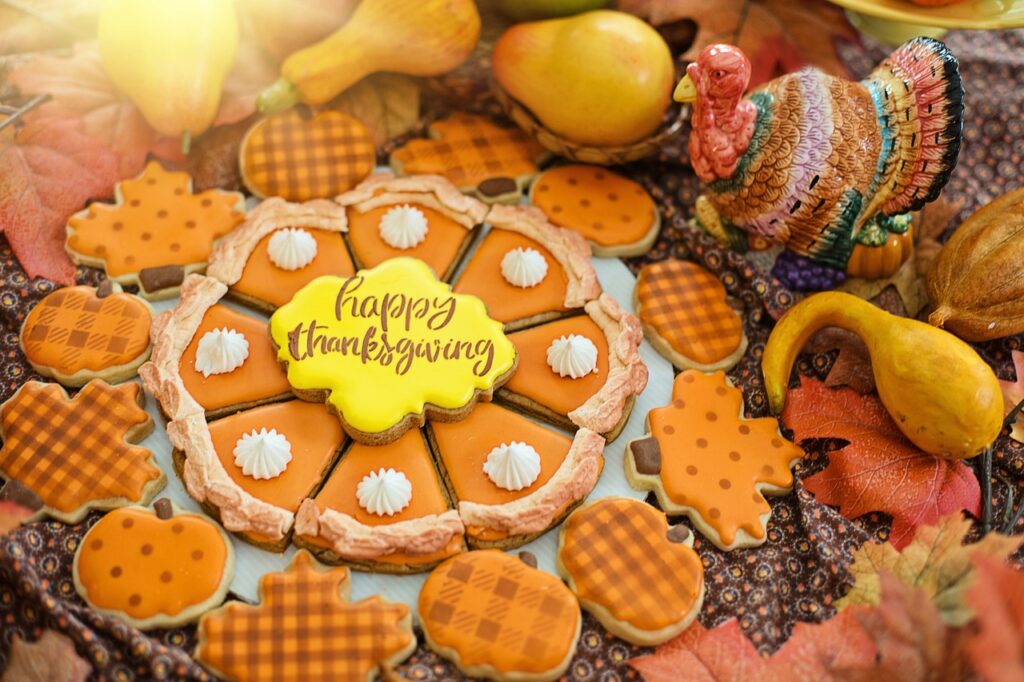
On Cape Breton Island, Thanksgiving is often tied to the Celtic Colours International Festival, a multi-day event that celebrates the region’s Celtic culture through music and art.
In addition to the traditional festivities, the beautiful fall landscape is embraced, with activities such as hiking through vibrant autumn foliage or visiting local farmers‘ markets.
Unique Cape Breton Traditions
Alongside the Celtic Colours Festival, Cape Breton offers many activities that enrich the Thanksgiving weekend. Hiking in the fall landscape, such as visiting the Uisge Bàn Falls, is a popular way to enjoy nature and express gratitude. Many families also take this opportunity to celebrate the last harvest of the year, either through traditional recipes or by visiting local farmers‘ markets in towns like Mabou and Baddeck.
Thanksgiving in Canada, particularly in Nova Scotia and Cape Breton, is a blend of historical traditions and modern celebrations. It remains a time to pause and express gratitude for the harvest and community. Whether through a traditional meal or exploring the natural beauty of Cape Breton, Thanksgiving continues to be a central part of Canadian culture, bringing families and friends together.
Harvest Festival in Austria
The Harvest Festival (Erntedankfest) in Austria is celebrated between the end of September and the beginning of October, with the exact date varying depending on the region. In rural areas, it often takes place in late September, while urban regions, such as Vienna, prefer to celebrate it on the first Sunday of October. This variation is influenced by local traditions and climatic conditions. The festival expresses gratitude for the harvest and the provision of food. A key aspect of the celebration is the colorful processions, where harvest crowns made of woven grain are carried to the church and blessed. This tradition highlights the strong connection to nature and community, with the religious element playing a significant role in the festivities in Austria.
Stuffed Butternut Squash
Ingredients:
- 2 medium-sized butternut squashes
- 1 cup cooked wild rice
- 1/2 cup dried cranberries
- 1/2 cup chopped walnuts or pecans
- 1 small onion, finely chopped
- 2 tablespoons olive oil
- 2 garlic cloves, minced
- 1 teaspoon fresh sage leaves, chopped
- Salt and pepper to taste
Instructions:
- Prepare the squash: Preheat the oven to 200°C (400°F). Halve the butternut squashes lengthwise and scoop out the seeds. Rub the cut sides with olive oil and place them face down on a baking sheet. Roast for about 40 minutes, until tender.
- Prepare the filling: While the squash is roasting, heat olive oil in a pan. Sauté the onion and garlic until softened. Add the cooked wild rice, cranberries, walnuts, and sage. Season with salt and pepper and stir well. Cook the mixture for a few minutes to blend the flavors.
- Stuff the squash: Once the squash is roasted, remove it from the oven and carefully scoop out a small amount of the flesh (leaving about 1 cm of flesh intact). Add the scooped-out squash to the filling and mix well. Stuff the squash halves with the filling.
- Final baking: Place the stuffed squash back into the oven for another 10-15 minutes, until everything is heated through.
Serving Suggestion:
Slice the stuffed butternut squash and serve with a fresh green salad or roasted vegetables. For added texture and flavor, a vegan sauce or tahini dressing makes a great accompaniment.
Note: This dish is perfect as a festive main course and can be easily prepared in advance. Feel free to substitute different nuts or herbs to suit your taste.
Enjoy your meal!
Cherry Tart with Bunchberry Jelly
Ingredients:
- For the crust:
- 2 cups all-purpose or spelt flour
- 1/2 cup vegan butter (cold, cubed)
- 2-3 tablespoons cold water
- 2 tablespoons sugar
- 1 pinch of salt
- For the filling:
- 500g fresh or frozen cherries (pitted)
- 1/3 cup coconut sugar
- 2 teaspoons cornstarch
- 1/4 cup water
- 2 tablespoons lemon juice
- 2-3 tablespoons bunchberry jelly (optional)
Instructions:
- Prepare the dough: Mix flour, sugar, and salt in a bowl. Work in the vegan butter with your fingers until crumbly. Gradually add cold water and knead until a smooth dough forms. Wrap in plastic wrap and refrigerate for 30 minutes.
- Prepare the filling: Heat the cherries and coconut sugar in a saucepan. Add the lemon juice, cornstarch, and water, stirring constantly until the mixture thickens. Optionally, stir in Cornelian cherry jelly for an extra fruity note.
- Bake the tart: Roll out the dough and place it in a tart pan. Spread the cherry filling over the dough and either cover with a top layer of dough or create a lattice pattern. Bake at 180°C (350°F) for 25-30 minutes, or until the crust is golden.
Serving Suggestion:
Serve the tart with vegan vanilla cream or a drizzle of Bunchberry jelly for garnish.
Note: The dough can be prepared in advance and stored in the fridge for up to 3 days.
Enjoy your meal!

